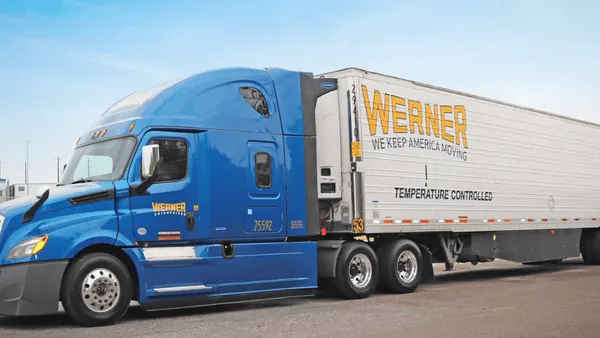Elevated rates in LTL are starting to crack, driven by less discipline in fuel surcharges, according to a market report.
LTL carriers benefited from Yellow Corp.’s market upheaval, but that appears to be losing steam given recent changes, according to a report last week for the TD Cowen/AFS Freight Index.
“[T]he average fuel surcharge from major LTL carriers fell 3.4% compared to Q3 2024 and the actual net fuel surcharge per shipment fell by even more — decreasing by 5.5% QoQ,” the report said.
While rates remain steady or projected to increase, that trend is tapering off, the firms noted.
But a more recent market shakeup is creating another factor to consider: FedEx spinning off its LTL subsidiary, FedEx Freight.
“The spin announcement continues to reflect deep, close ties between FDX Parcel and FDX LTL, which raises the question as to how independent the two entities will actually be,” Morgan Stanley analysts and researchers said in a Dec. 20 note.
Customers who have bundled parcel and LTL needs through FedEx could rethink their needs, with the company noting most Freight contracts are renegotiated each year, consultant Scooter Sayers previously noted.
But such friction may ultimately help LTL markets. Analyst Satish Jindel, the founder of SJ Consulting Group, said Friday in an interview that he believes the FedEx spinoff will put the new business in a better position to focus on profitability and pursue an operating ratio more in line with the likes of competitor Old Dominion Freight Line.
“Rates will be more commensurate to the service carriers are providing,” he said of the market changes, adding that bad habits of shippers will have to adjust, leading to better service, lower damage rates and lower pricing in the long run.













